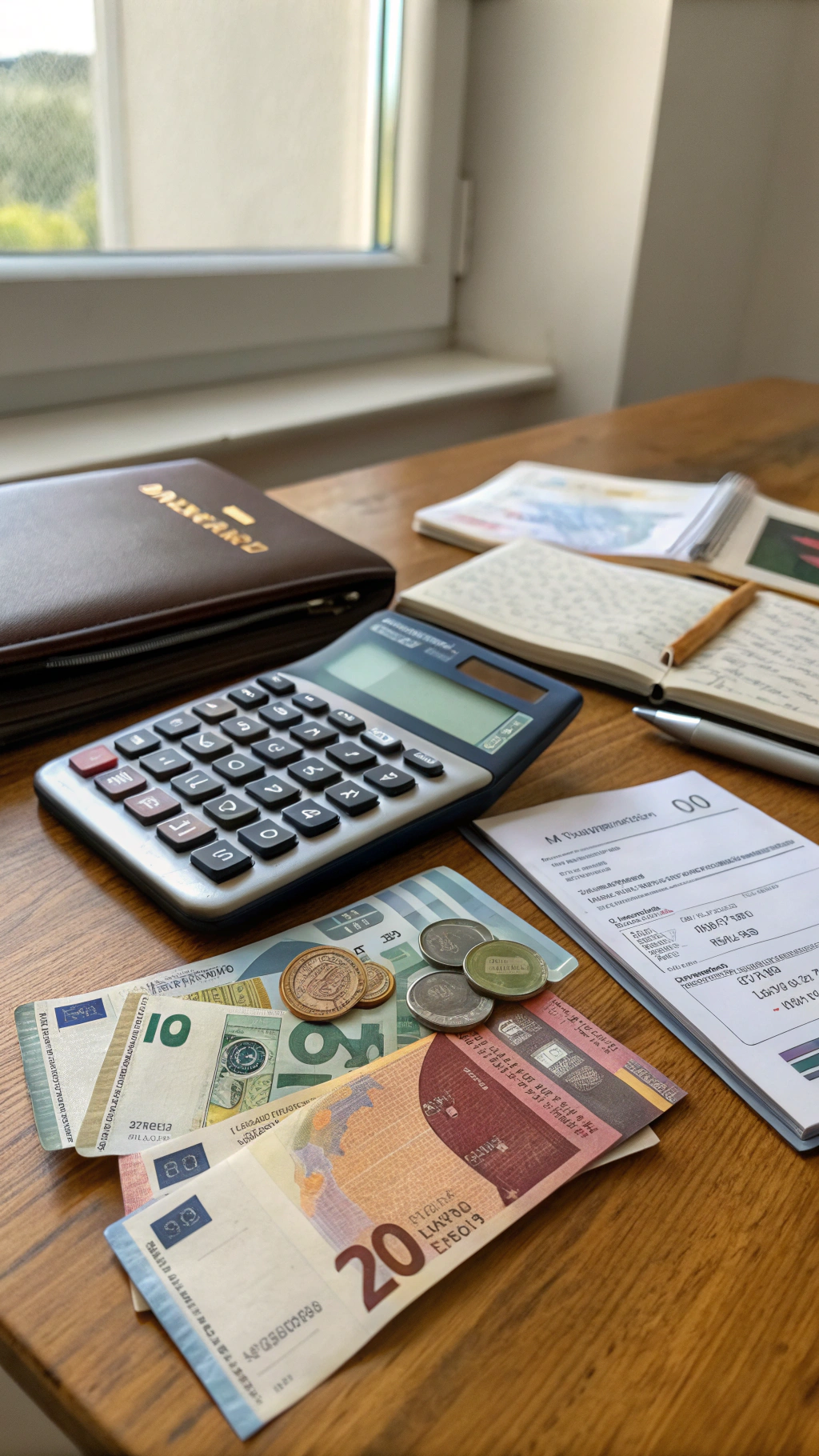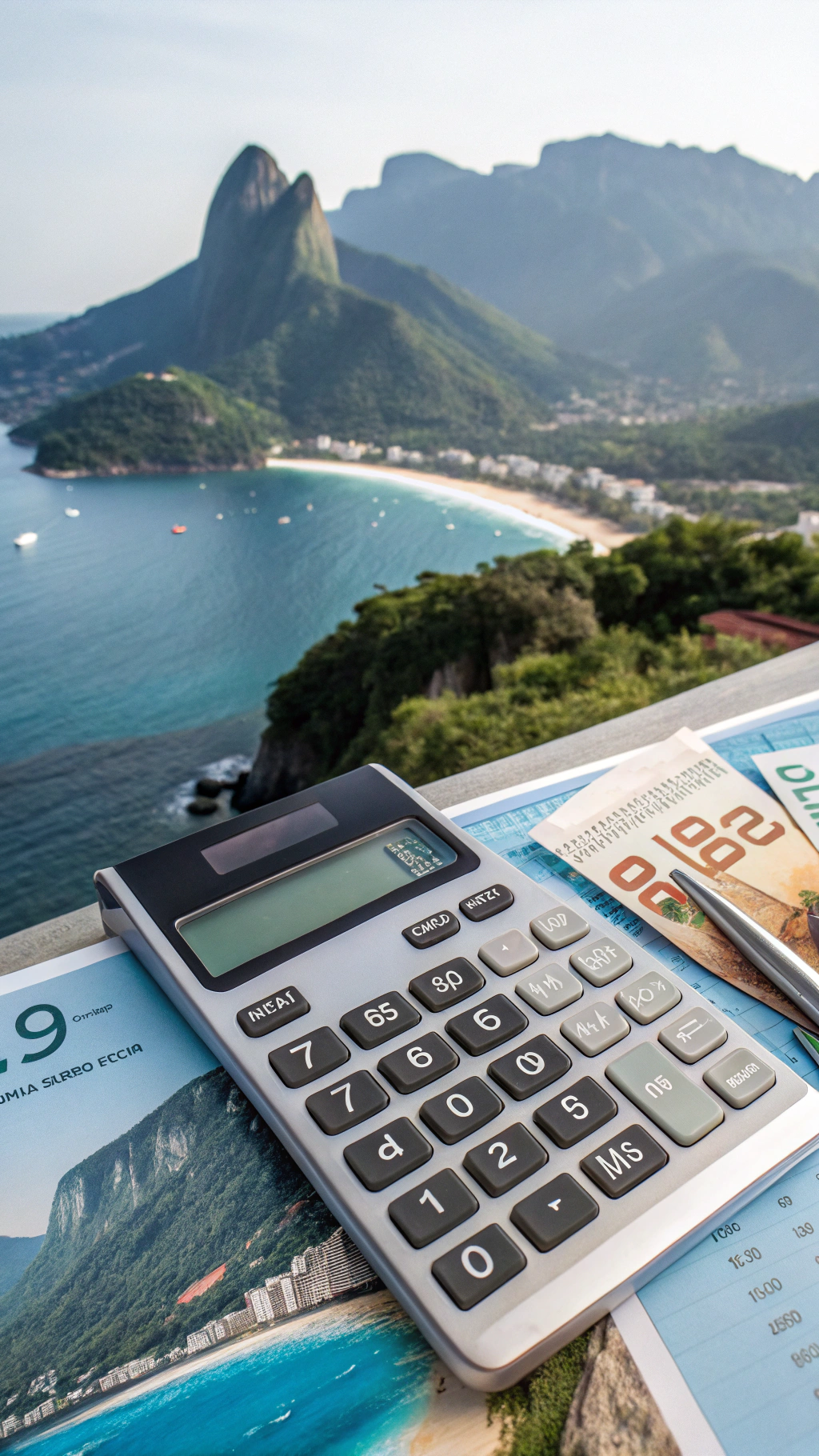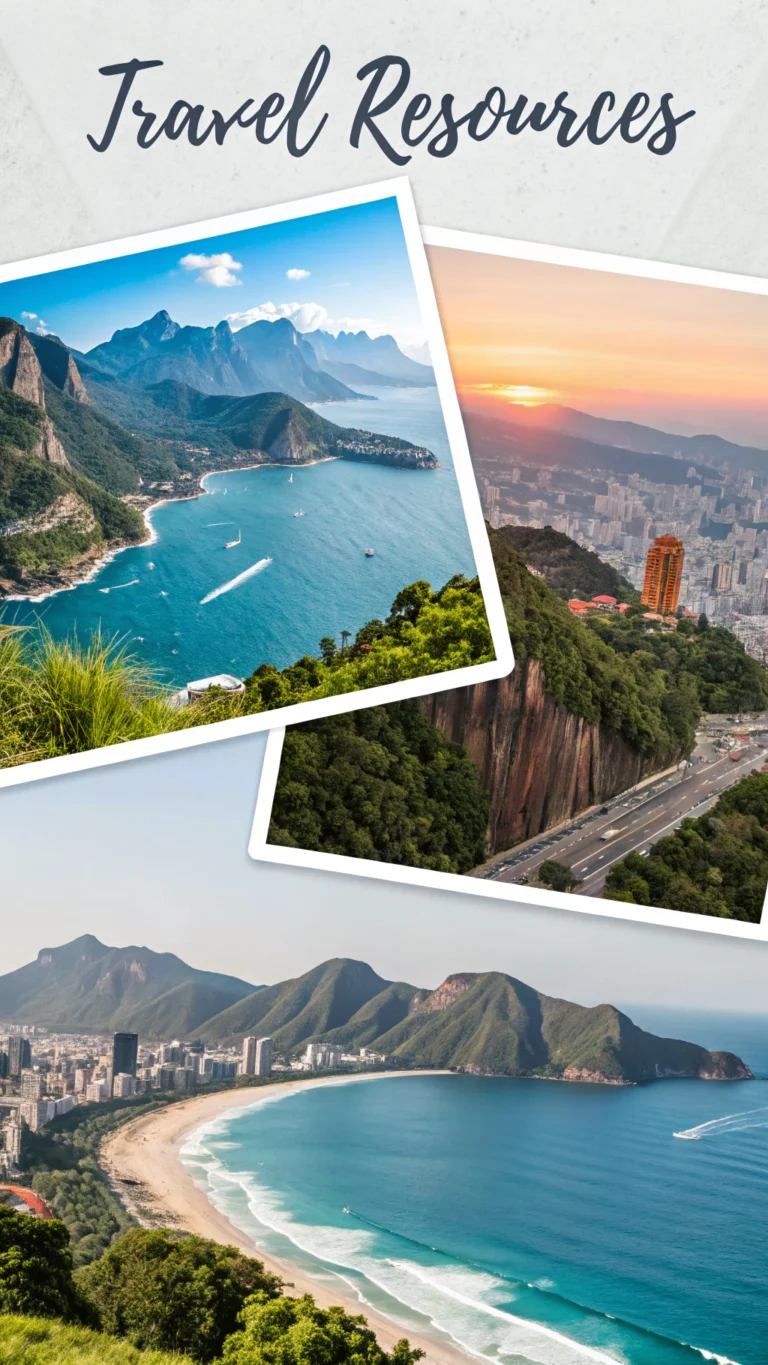Trip Cost Calculator: How to Save Money on Your Next Journey?
Table of Contents
Introduction
Have you ever had your ideal vacation planned just to have your budget get completely out of control due to unforeseen costs? You’re not alone, as 68% of travelers go over their planned vacation budget by an average of 23%, per a 2023 Bankrate survey. You may prevent this common mistake and save hundreds, if not thousands, on your next holiday by using a trip cost calculator before you go off. This thorough guide will show you how to calculate travel expenses precisely, spot possible deals, and maximize every dollar you spend while traveling.
Understanding Trip Cost Calculation

Finding inexpensive airfares is only one aspect of effective trip budgeting; a comprehensive strategy that takes into consideration all possible costs is needed. A thorough trip cost calculator that accounts for lodging, meals, transportation, activities, and those sometimes overlooked extra costs that mount up rapidly is the first step in creating a successful travel budget.
Travelers who use comprehensive cost estimation tools before to their journeys tend to spend 15–25% less than those who make less thorough plans, according to studies. By being prepared, you can see possible budget problems early on and distribute money more wisely throughout your trip.
Essential Components of Travel Budgeting
Transportation Costs
Transportation often represents 30-45% of a typical travel budget. Beyond the obvious international or domestic flights, remember to include:
- Airport transfers (often $20-50 each way in major cities)
- Local transportation (subway passes, bus fares, ride-shares)
- Rental cars and fuel costs
- Train tickets between destinations
- Taxis and unexpected transportation needs
Pro tip: Many destinations offer weekly transportation passes that can reduce daily travel costs by up to 40% compared to single-journey tickets.
Accommodation Expenses
Lodging typically consumes 25-35% of travel budgets, but this is also where significant savings can be found. Consider:
- Hotel rates vary dramatically by season (often 30-50% higher during peak periods)
- Alternative options like vacation rentals, hostels, or home exchanges
- Location trade-offs (staying slightly outside the city center can reduce costs by 20-30%)
- Loyalty programs and points opportunities
When using a trip cost calculator, always factor in additional hotel fees like resort charges, parking, and tourism taxes that aren’t always included in the advertised rate.
Food and Dining
Food expenses typically account for 15-25% of travel costs, but they’re highly controllable:
- Budget approximately $15-25 per person per meal for moderate dining
- Leverage accommodations with kitchen facilities to prepare simple meals
- Research affordable local eateries away from tourist areas
- Consider lunch as your main meal (often 30-40% cheaper than dinner for similar dishes)
A well-planned approach to meals can easily save a family of four $50-100 per day without sacrificing authentic culinary experiences.
Activities and Entertainment
Sightseeing, tours, and entertainment generally make up 10-20% of travel expenses:
- Research free attractions and visitor discount cards
- Look for combo tickets that bundle popular attractions at 15-25% savings
- Consider alternate days for paid activities and free exploration
- Book tours and experiences directly through local providers rather than resorts
Hidden Costs to Include in Your Calculator
Many travelers forget to account for these expenses that can significantly impact your budget:
- Travel insurance ($50-500 depending on coverage and trip length)
- International transaction fees on credit cards (typically 1-3% of purchases)
- Cell phone roaming charges or temporary SIM cards
- Baggage fees for flights
- Tips and gratuities (particularly in North America)
- Souvenirs and shopping
Money-Saving Strategies
Timing Your Trip Strategically
Traveling during shoulder seasons (just before or after peak season) can reduce overall trip costs by 20-30% while still offering favorable weather and fewer crowds. For example, visiting Europe in May or September rather than July or August can yield significant savings while avoiding the worst of the summer crowds.
Leveraging Technology for Savings
Use these digital tools to maximize your travel budget:
- Price comparison sites for flights and accommodations
- Fare alert services for price drops
- Deal-finding browser extensions
- Currency conversion apps to ensure fair exchange rates
- Expense tracking apps to monitor spending in real-time
Banking and Payment Considerations
Smart financial planning can preserve hundreds in fees:
- Use credit cards with no foreign transaction fees
- Notify banks of travel plans to prevent card freezes
- Withdraw local currency in larger amounts to minimize ATM fees
- Consider travel-specific debit cards that refund ATM fees
Final Thoughts
By relieving financial stress and enabling you to concentrate on experiences rather than costs, a careful approach to travel budgeting increases rather than lessens the thrill of discovery. You can find possible savings, direct funds toward your priorities, and return home with memories rather than credit card debt by using a thorough trip cost calculator before completing your preparations.
Keep in mind that the most fulfilling travel experiences frequently have little to do with financial outlays. The highlight of a trip can occasionally be a free walking tour, a visit to the local market, or a chat with locals rather than a costly excursion or fancy dinner.
FAQs
How far ahead of time should I begin planning my travel expenses?
For domestic travel, start your cost estimation process two to three months in advance, and for foreign travel, four to six months. You may monitor price changes and negotiate better rates with the help of this timeline.
What is a fair daily spending limit while traveling abroad?
In many places, budget tourists can get by on $50 to $100 per day, mid-range travelers spend $100 to $300, while luxury visitors frequently spend $300 or more per day. Your specific travel preferences should be reflected in your trip cost calculator.
How much should I set aside in my budget for unforeseen costs?
A 10-15% buffer should be added to your estimated travel budget, according to financial experts, to account for unforeseen expenses, emergencies, or impromptu chances that improve your trip.
Is it possible to travel abroad for less than $1,000?
Indeed! By selecting less expensive nations (Southeast Asia, portions of Central America, etc.), going at off-peak times, and emphasizing local experiences over opulent lodging, visitors on a tight budget can visit foreign locations for less than $1,000.







